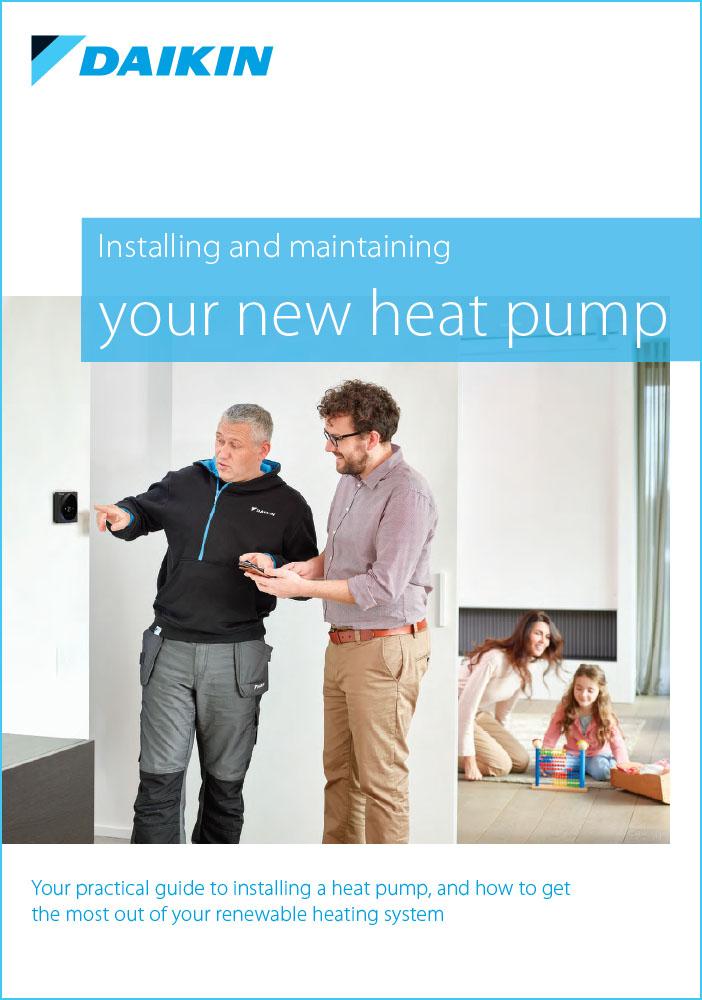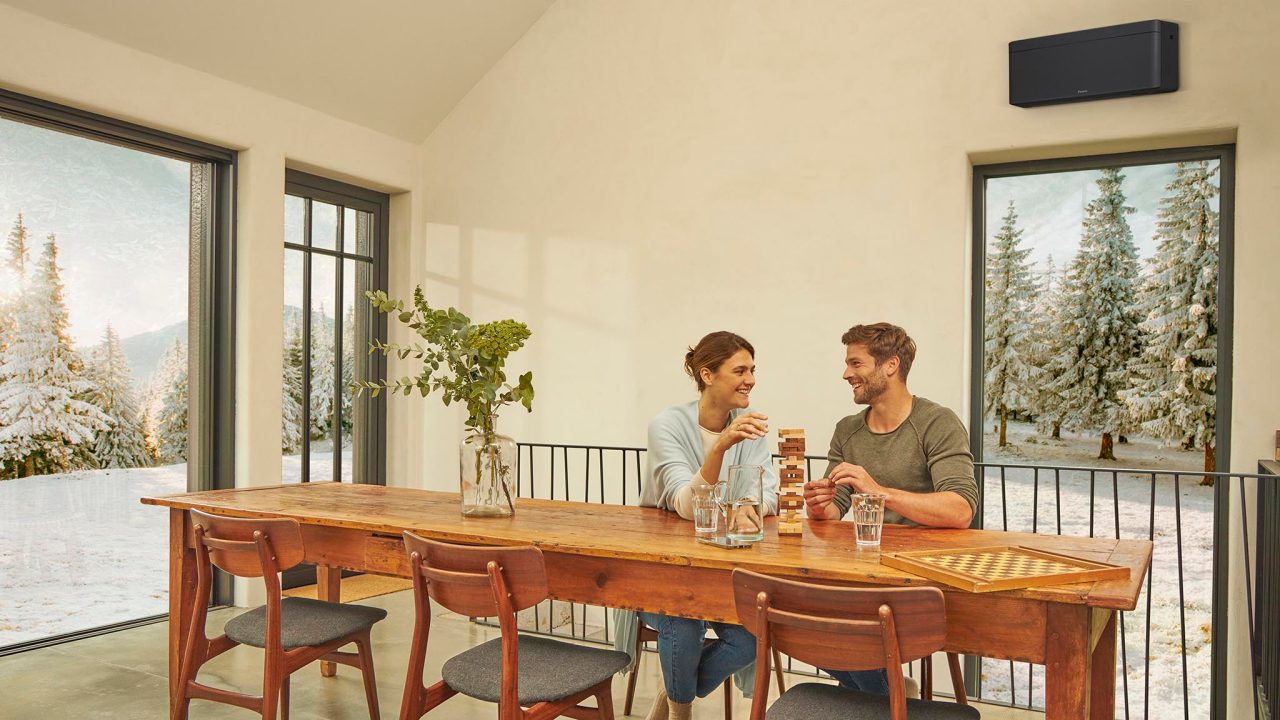
In spite of its long Arctic winters, the Scandinavian country has the highest number of heat pumps per 1000 households in the entire EU
As Ireland continues to transition away from fossil fuels, the role of heat pumps in reducing greenhouse gas emissions and integrating renewable energy sources into the way we heat our homes has become a national talking point. Heat pumps are hot right now.
Although they are catching on fast – in the last five years, some 20,000-25,000 heat pumps per year have been installed around Ireland in both new build and retrofit projects – the market here is only getting started. To get a sense of how our heat pump journey is likely to accelerate, it’s worth looking at another country where the technology has been around for much longer. Welcome to Finland, the land of a thousand lakes.
Today, Finland and heat pumps go hand in hand. According to the European Heat Pump Association, the Scandinavian country (population 5.5 million) has more heat pumps per 1000 households than any other European market. Last year alone, almost 120,000 heat pumps were sold in Finland, strengthening the country’s position as a ‘heat pump superpower’.
“Ground source models were first sold in Finland in the 1970s but the real heat pump boom started in the 1990s when the price of energy rose and environmental concerns became more important,” says Ida Maria Boström, Marketing Specialist with Daikin Finland. “Finnish people realised that heat pumps were an energy efficient solution to provide heating and hot water, especially during cold winters, while simultaneously reducing our oil and gas consumption. The technology became very popular and has remained popular ever since.”
“Finnish people realised that heat pumps were an energy efficient solution to provide heating and hot water, especially during cold winters, while simultaneously reducing our oil and gas consumption.
Since heat pumps made their breakthrough in Finland, a total of 1.6 million units including air to air, air to water and geothermal models have been sold. Heat pumps are equally successful in other Scandinavian countries – some 113,000 units were sold in Sweden last year while in Norway, around two-thirds of all households now have a heat pump installed.
The most commonly installed heat pump in Finland, Sweden and Norway is the air to air system, which is typically used in tandem with electric heaters in winter and then ‘flipped’ to provide cooling during the summer months. (Given their popularity, there is also a strong replacement market for air to air heat pumps.)
While Scandinavian summers are getting warmer, their winters are intensely cold. When Daikin tested its Nepura air to air heat pump range, it chose two locations in Finland – Äkäslompolo in Lapland and Hailuoto near Oulu – where winter temperatures dropped -38°C. The devices worked seamlessly throughout the winter, once again crushing the myth that heat pumps struggle in freezing weather.
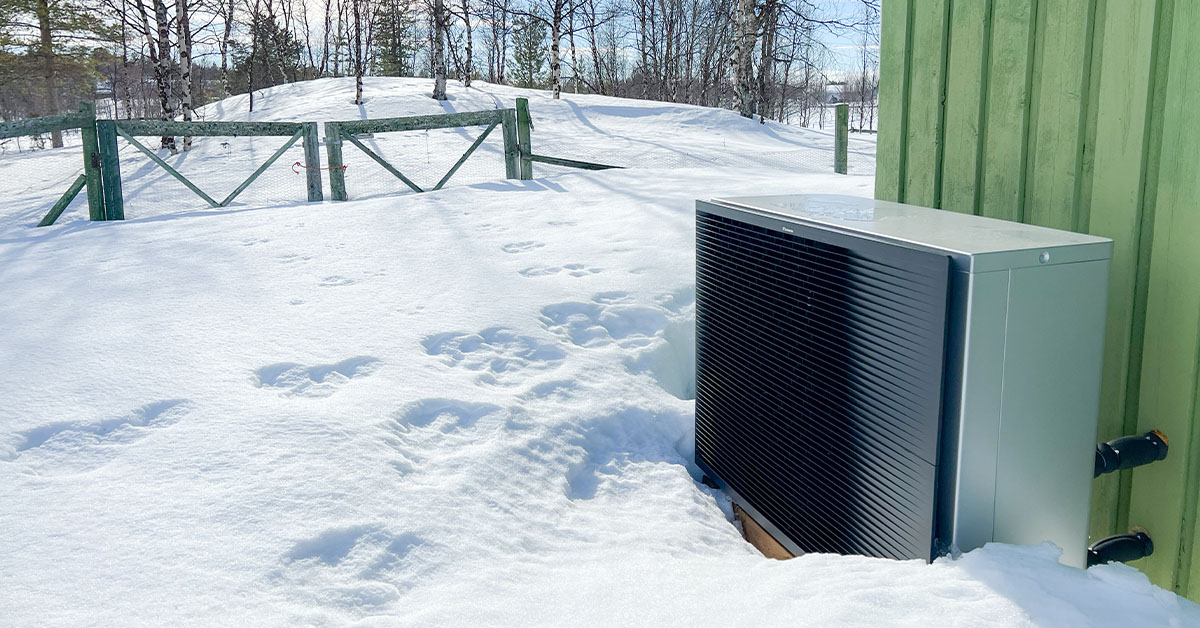
“We are used to cold weather, and we’re used to heat pumps. We have been heating our homes with them for more than 50 years, so we can say with total confidence that they work very well, even in extreme cold conditions,” says Ida Maria Boström. “Daikin heat pumps suit our cold climate so well because they don’t have a minimum operating temperature so there’s no electrical resistance, which could lead to very high electricity bills.”
Functionality in extremely cold weather is down to the way heat pumps operate, extracting heat from the outside air – no matter how cold it gets, there is always heat in the air outside – and transferring it indoors. And since air is a renewable energy source, heat pumps are capable of producing ‘free’ energy.
Although the efficiency of older heat pump models may decline slightly in very cold weather, technological advancements make today’s models virtually ‘winter-proof’, even in countries as cold as Finland. For example, while outdoor units will naturally ice over in sub-zero temperatures, Daikin has a built-in electronic defrost cycle which de-ices the coils and ensures the heat pump is protected at all times, despite the very cold outside temperatures.
In spite of their phenomenal success and track record, not everyone in Finland has made the move to heat pumps yet.
The energy crisis has really highlighted the need to save energy and reduce costs, and that is motivating a lot of people to switch from oil or gas to a heat pump,” says Daikin’s Ida Maria Boström. “There is also an awareness that fossil fuels are not compatible with our government’s target of achieving carbon neutrality by 2035.”
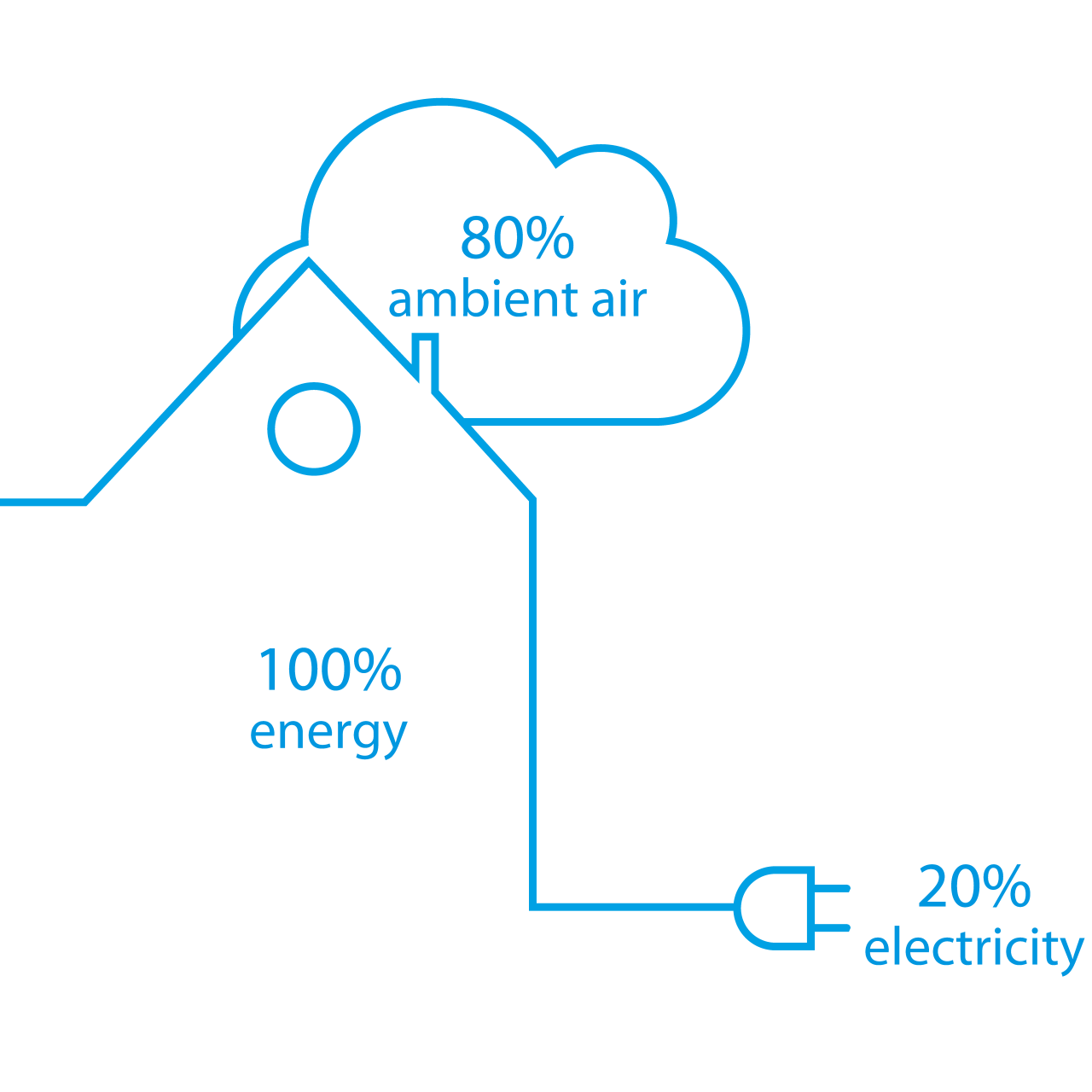
Cash incentives to install heat pumps
In Finland (as in Ireland), the government is trying to persuade boiler owners to move to renewable energy. Homeowners are offered a €4,000 incentive for energy renovations, or can apply for a €3,500 deduction (up to €7,000 for couples) to the cost of upgrade work if they switch from oil or gas heating to heat pumps.
This incentive scheme has been successful. A €144 million support package was announced in 2020, with the government of Finland hoping to persuade 36,000 households to switch to a heat pump – by the beginning of April 2024, more than 32,000 applications had already been submitted.
April 2024 is also the month when the Finnish government has announced its commitment to phasing out fossil fuel heating by 2030, with approximately 90,000 households in Finland still relying on oil or gas for heating.
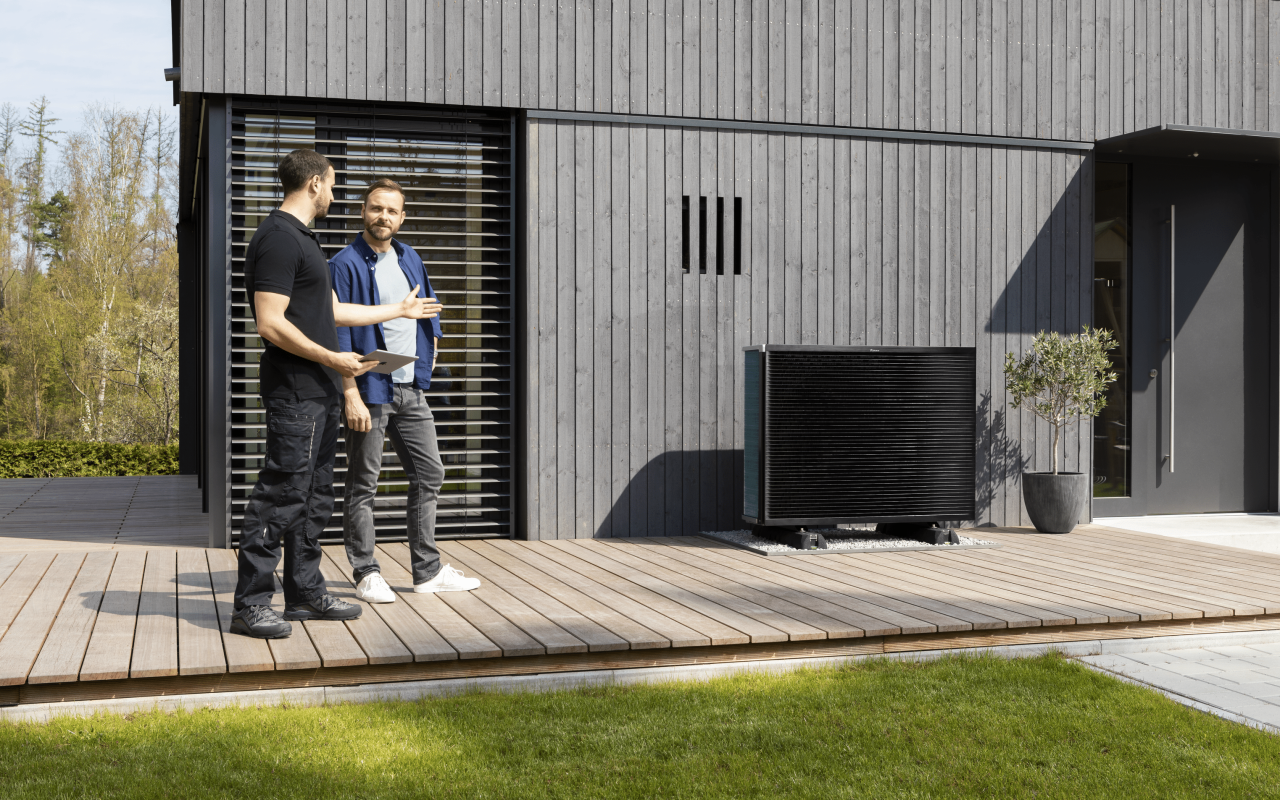
Even in a country with such high penetration levels, this all translates into a heat pump market that has been “in crazy growth mode” for several years, according to Ida Maria Boström. Although economic worries steadied the market last year, sales look likely to surge again, with the apartment sector and with the early heat pump adaptors driving growth in the heat pump replacement market.
The extraordinary success of heat pumps in Finland should provide reassurance to any Irish homeowner thinking of parting ways with their fossil fuel boiler. These sturdy, reliable devices deliver consistent comfort whatever the weather – and it’s unlikely Ireland will get down to -20°C any time soon – all the time while reducing energy costs.
Given our own national climate targets, investing in a heat pump is also a perfect way to future-proof the energy efficiency of your home. Although Finland might be ahead of the curve in this respect, Ireland is now starting to catch up – and the sooner the better.
“We are used to cold weather, and we’re used to heat pumps. We have been heating our homes with them for more than 50 years, so we can say with total confidence that they work very well, even in extreme cold conditions,” says Ida Maria Boström. “Daikin heat pumps suit our cold climate so well because they don’t have a minimum operating temperature so there’s no electrical resistance, which could lead to very high electricity bills.”
Functionality in extremely cold weather is down to the way heat pumps operate, extracting heat from the outside air – no matter how cold it gets, there is always heat in the air outside – and transferring it indoors. And since air is a renewable energy source, heat pumps are capable of producing ‘free’ energy.
Learn more about heat pumps
Visit our Daikin Delves In video series and homeowner brochures below
Find your local Daikin partner installer
Find your local Daikin partner installer here and start the conversation about renewable heating and your very own home energy upgrade today.



